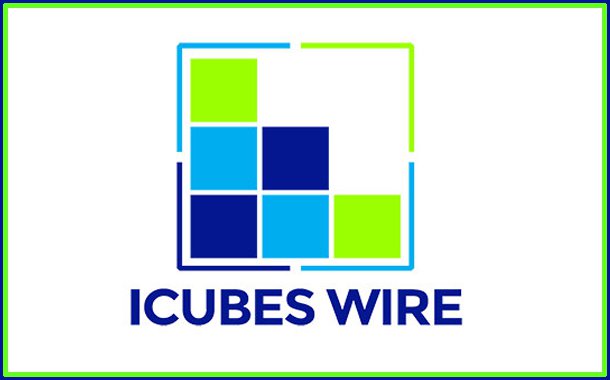How Brands Can Use Affiliate Marketing to Improve Sales and Outreach
Imagine that your marketing efforts for your brand/product drive traffic to a third-party vendor or business, who then pays you money for the traffic. Sounds rather far-fetched and/or confusing? It’s actually quite simple. Welcome to the world of affiliate marketing.
Published by:
What is Affiliate Marketing?
Affiliate marketing is an internet-based system where affiliates are paid for driving conversions to a merchant’s website through advertisements. As per a BI Intelligence Affiliate Marketing Report, approximately 15 percent of the digital media industry’s revenue is achieved through affiliate marketing. Thus, a lot of brands are shelling out major portions of their digital marketing budgets for affiliate marketing.
Chief managing officers (CMO) are integrating affiliate marketing channels into their overall marketing strategies for better return on investment (ROI). It is a low-risk, high-reward marketing and customer acquisition strategy. Since it has an efficiently targeted reach, it becomes an important model for making the brand viral. Displaying the advertisement as per the interest of the consumer adds value to the brand with less spillage. Thus, more than 80 percent of the brands utilize affiliate marketing for customer acquisition, leading to a rise in their sales.
How does it Work?
The concept of affiliate marketing has a trickle-down effect – think of it as a funnel. The topmost part of the funnel is associated with the introduction of the brand through various means. As we move downwards, the brand interacts with the consumers at various engagement levels. Lastly, the bottommost level of the funnel is when affiliate marketing comes into the picture. Once the customers are well acquainted with the brand, the affiliates begin their job of displaying the desired ads to the targeted audience.
If managed well, this strategy can generate the highest ROI among online channels, which is measurable based on the impression clicks, lifetime value, uninstall rates, and retention. Estimates state that if affiliate marketing is managed well, it can generate about 15-30 percent of the advertiser’s online sales while at the same time generating leads through consumer acquisition.
The Indian Scenario
- Recognizing the products/services that are worthy of promotion in a geographical area as per the target audience and other key factors.
- The steeply rising trend of mobile marketing is forcing affiliate marketers to keep up with the trend by optimising advertisements for mobile. According to statistics, nearly 50 percent of affiliate-referred traffic is derived from mobile devices.
- Affiliate marketing is not a very quick process and requires time to generate leads.
- There is a risk of fraud and misleading links and advertisements. It becomes problematic to focus on fraud detection and eliminate it.
What does the Future Beckon
Initially, the focus of many brands and their marketing was on customer acquisition channels, but now the trends are changing. The focus has moved a step further as the initial 80:20 ratio of consumer acquisition and interaction has swapped places with one another as brands concentrate more on enhancing engagement with the customers. Brands are considering affiliate marketing as a core of their marketing strategies and 40 percent of professionals believe affiliate marketing is the most desired digital skill. With cross-device tracking becoming integral, the return of a cash boom, coupons, refer-a-friend gaining momentum, influencer marketing becoming popular, affiliate marketing is bound to soar to new heights, with the future seeming extremely beneficial and profitable.



